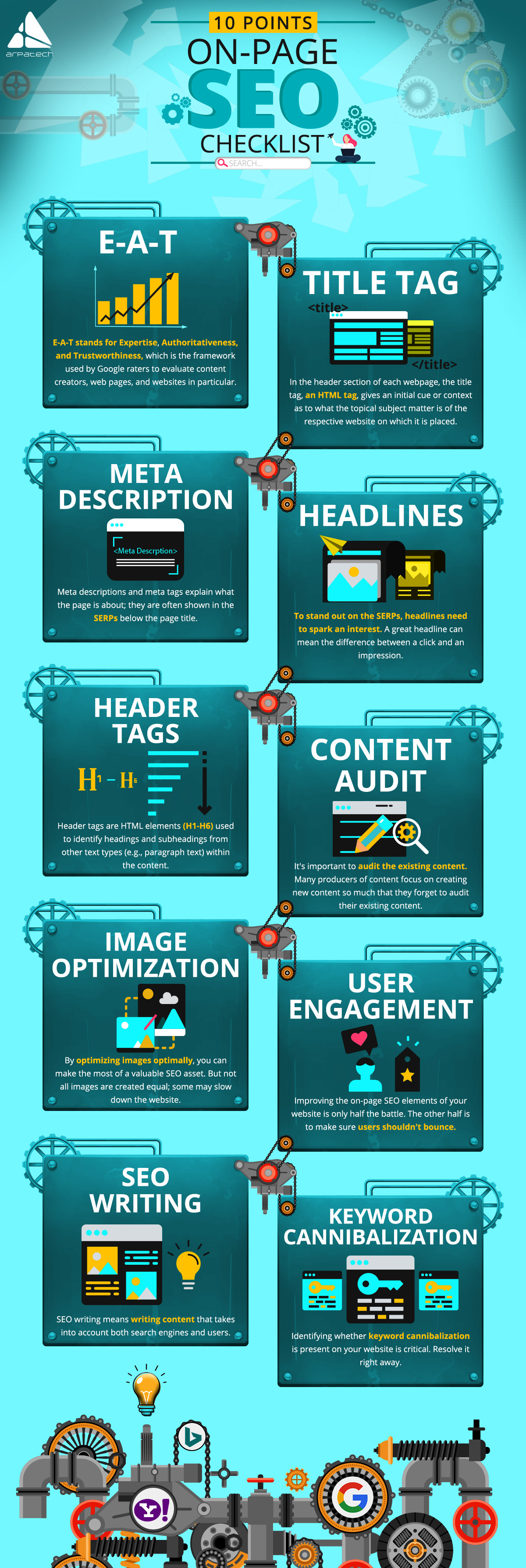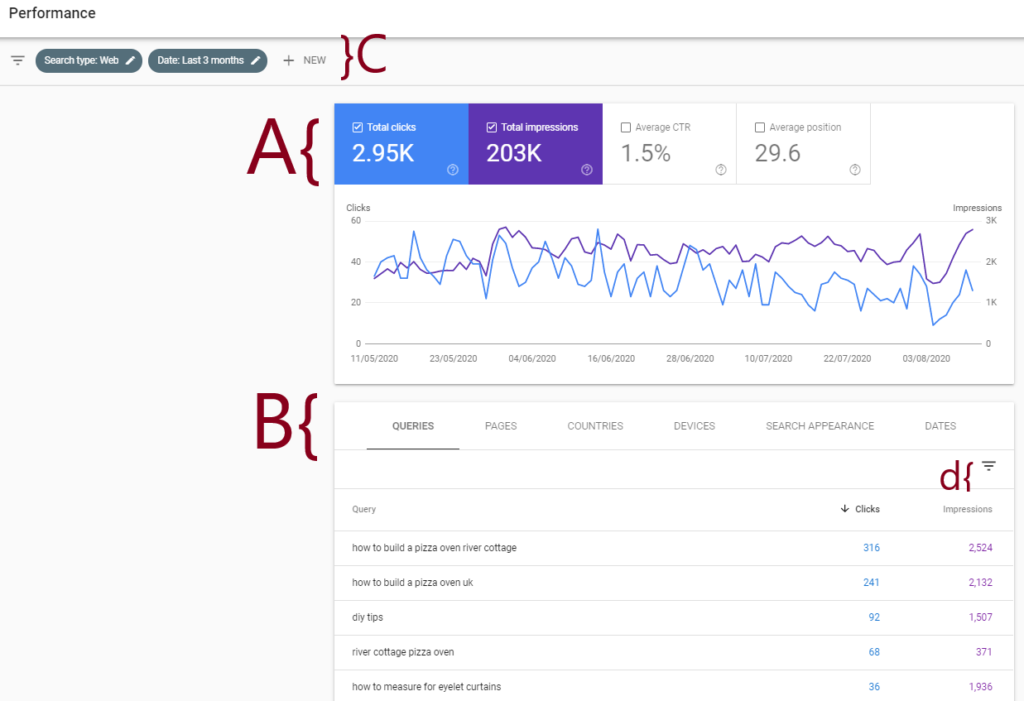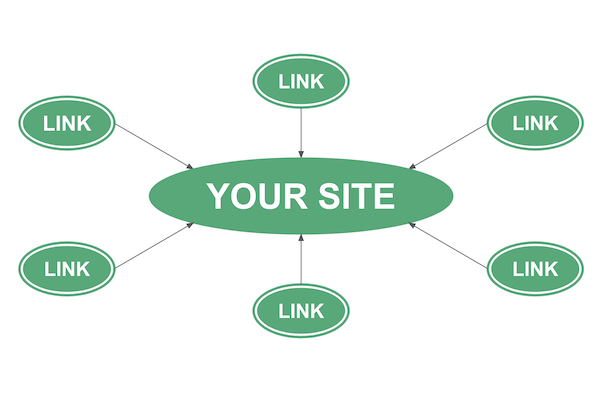
The following tips are useful when optimizing your images for search engines. Be sure to include a similar keyword in the filename of the image. This will help users find your content online and improve your rankings. Alternate text, or alt, text, should be used for your images. This is text that allows the visually impaired interact with an image. This can be useful in cases where the image does not load correctly. Here are some image optimization tips and mistakes.
Alt-text
You can optimize your website by using alt-text. This will help you get more traffic from search engines and increase your Google ranking. This text describes the image in more detail and is important for SEO. Semantic keywords can be used instead of keyphrases. Google won't penalize sites for using bad or keyword-stuffed alttext. Instead, you should focus on the context of the image and include your target keyword in alt-text.
Meta description
Your meta description should be more than your website name. It acts as an invitation to visit your page, and it should be as clear and compelling as possible. Google displays snippets of copy about your page in search results. The meta description should consist of between 120-156 words. It should also be interesting enough to pique a visitor's interest. The best results are achieved by having a meta description written in advance. Also, include links to your site in the body.
Image file name

To increase your on-page SEO, it is crucial that images are properly named when published on your website. An image properly named should describe its content, and include focus keywords and seed keywords. You should limit the length of file names to five words. The URL should be abbreviated in search results so that the file name contains a keyword phrase. Here are some suggestions for better file names.
Image URLs
Google has very specific guidelines about how to optimize images. The same applies to image URLs. Because they take longer than normal HTML pages to load, query strings are not recommended. You don't have to worry about image URLs if you aren't using image search. There are things you can do to optimize your images if you do. Below are some tips:
Image size
You won't be worried about the size of your images. The format of your page and your CMS will determine the size of your images. Shopify recommends 2048 x 248 pixels for square product photos. The next time you upload an image to your website, make sure to use a moderate web-optimized file size. Your site's load time is a major factor in your ranking. It's important that you choose the right size for your images.
Image authority
Your overall SEO strategy will not be complete without optimizing images. Many search engines let you only include images in their results. However, it is a smart idea to optimize your images for better rankings. Although this type of traffic will not lead to sales, it can help raise brand awareness as well as drive more backlinks. Listed below are some basic tips for optimizing your images for search engines. Remember that SEO results will take time so be patient.
Structured data

Google has recently updated its Image Publishing Guidelines. This includes information about the page's content and embedding tips. These guidelines also contain information about structured data and product markingup. It is important to use these elements in your SEO strategy for images, as they can help your site rank better. To learn more about structured data, read the following. Here is a step-by-step guide to adding it to your site.
FAQ
How do I create an SEO Strategy?
The first step in creating an effective SEO strategy is understanding what you want to achieve and how you will go about achieving this goal. This allows you structure your content to meet these goals.
The second step is to start working on your keywords. You can gain insight into the keywords people use to search for certain words by doing keyword research. This information will allow you to write articles about these topics.
After writing your articles ensure that you include your target keywords in them. You should also optimize each article by including relevant images and videos. Link to related pages whenever you can.
Once you're done writing the content for your website, it's now time to optimize it!
How much does SEO cost?
SEO is a long-term investment and you will not see immediate returns. But it's important that you remember that more people will find your website, the more likely it will rank higher in search engines.
Pricing for each service is affected by many factors including location, price, market size, competition, and keyword competitiveness.
Why Should I Use Social Media Marketing
Social media marketing allows you to reach new clients and maintain relationships with those that you already know. By posting interesting articles and engaging with others through comments and likes, you can create a community around your brand. This makes it easier and more convenient for potential customers to find your brand online.
How do I get started with SEO?
SEO is a process that can be used in many ways. It is important to first identify the keywords you wish to rank for. This is known "keyword search." Next, you'll need to optimize each website page for those keywords.
Optimizing a website involves adding keywords, descriptions, meta tags, unique page URLs, and linking with other websites. Once optimization is complete, you will need to submit the website to search engines such as Google, Yahoo!, or Bing.
You will also need to keep track over time of your progress to determine whether you are succeeding.
Statistics
- A 62.60% organic traffic boost to that page: (backlinko.com)
- Which led to a 70.43% boost in search engine traffic compared to the old version of the post: (backlinko.com)
- : You might have read about the time that I used The Content Relaunch to boost my organic traffic by 260.7%: (backlinko.com)
- And 90%+ of these backlinks cite a specific stat from my post: (backlinko.com)
- Sean isn't alone… Blogger James Pearson recently axed hundreds of blog posts from his site… and his organic traffic increased by 30%: (backlinko.com)
External Links
How To
How to choose an SEO strategy that works for your business
The following factors can help you determine the best SEO strategy for your website.
-
Keyword Research
Your primary goal with SEO is to rank highly for specific terms.To achieve this, you must research target keywords related to your site. You should also identify negative keyword phrases that don't relate to your audience.
-
Content Strategy
Content marketing is important for all businesses. It is important for eCommerce sites to rank high in search results pages. This helps drive sales and increases conversion rates.
Create relevant, interesting content that solves issues or provides solutions.
-
Link Building
Links have a huge impact on your website's ranking in search engines. You need to build valuable relationships with other websites.
-
Social Media Marketing
Using social media channels to promote your business is a smart move. You can encourage others to share your material by sharing content across these platforms.
-
Website Structure
While it's true that good design doesn't necessarily contribute to better rankings, it does have an impact. A simple, clean layout will improve the user experience which in turn leads to more conversions. It is important that your site loads quickly in order to make sure users don’t leave the site without completing their transactions.
-
Mobile Optimization
Mobile devices account for almost half of internet usage today.If your website isn't optimized for mobile, you could lose out on traffic and potential clients.
-
Local Search
This refers specifically to local markets, rather than national. Local SEO optimizes your website in order to rank for local searches such "restaurants nearest me" or business listings in my local area. It's easier to rank well locally because people trust recommendations from friends, family members, and colleagues.
-
Ecommerce Website Development
Ecommerce websites benefit from a range of different types of SEO strategies.For example, they often perform best when they're optimized for both desktop and mobile devices. You can rank higher for longer tail keywords.
-
Video Ranking
Video content ranks well in search engines. It ranks highly for longer queries and receives more share.
-
Branding
Branding is the process of designing a logo, product names, and messaging that gives your company its own identity and personality. This helps customers get to know you and what you do.
-
Analytics Software
Analytics software allows you to track how visitors interact with your website.The information gathered through analytics can help optimize your efforts and increase conversions.
-
Email List Management
Email lists allow you to send emails directly to your target audience.You can send messages about new products, special offers, and promotions.
-
Blogging
Blogging is another way to generate quality backlinks. When you create blog posts that are related to your business, you will attract backlinks from reliable sources.
-
Customer Satisfaction
Customer satisfaction is one of the most effective ways to get high-quality backlinks.When satisfied customers refer their friends and colleagues to your site, this will result in quality backlinks.
-
Content Marketing
Content marketing involves producing unique, useful, relevant content that educates, entertains, or inspires readers.
Engaging content will build trust with your target market and result in higher conversion rates.